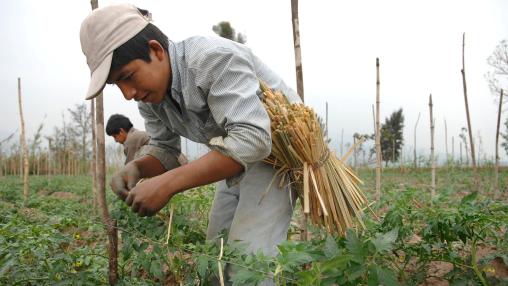
Advancing agricultural trade reforms: Latin American contributions to the multilateral trading system
Multilateral trade negotiations over agriculture present a complex set of challenges: Finding a balance between the diverse interests and positions of the 164 members of the World Trade Organization (WTO) is exceedingly difficult due to the importance and varied sensitivities of this sector across countries. Those with significant agrifood exports want new market opportunities and thus promote greater trade liberalization; other members, generally importers, prefer to focus on increasing domestic production and protecting their domestic markets.
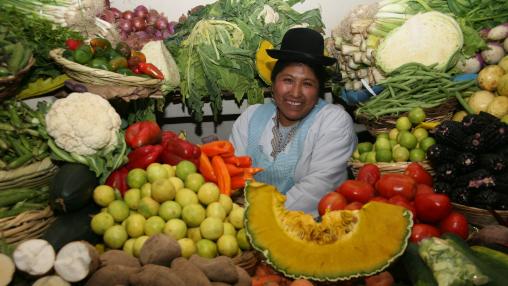
Global Food Policy Report 2023 Latin America launch: Policies to build resilience to shocks
Food systems have experienced a multitude of shocks in recent years that threaten food and nutrition security around the world. The Latin America and Caribbean region (LAC), which plays an important role in ensuring the stability of the global food system, has been hit hard by these disruptions. The region has accounted for 30% of deaths during the COVID-19 pandemic, yet makes up only 8% of the global population.
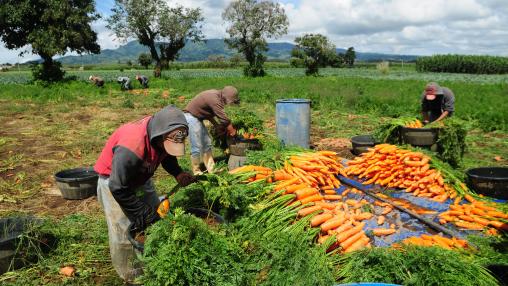
Environmental Sustainability of Latin American and the Caribbean Agrifood Systems
This blog post is based on the T20 Policy Brief, "Environmental Sustainability of Food Systems, Global Food Security and Trade."
Mitigating climate change and the degradation of natural resources while increasing the production of safe and nutritious food to eradicate hunger and ensure food security for a rapidly growing population is the most important and urgent challenge facing humanity today.
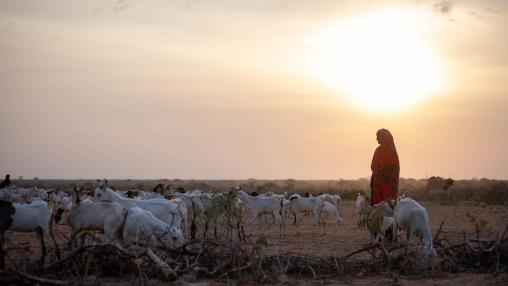
Hunger Levels Continue on the Rise: 2022 Global Hunger Index Released
Over the past two years, the impacts of ongoing regional conflicts, climate change, the COVID-19 pandemic, and the Russian-Ukraine war have drastically weakened the world’s already inadequate, unsustainable food systems. This confluence of factors has induced in supply chain disruptions and high and volatile prices for food, fertilizer, and fuel, and the result has been the third global food crisis in less than two decades.
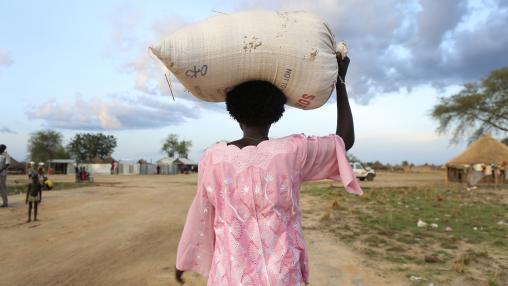
Acute Hunger Continues to Rise Globally: Global Report on Food Crises Mid-Year Update Released
Alarming levels of hunger and food insecurity are on the rise across the globe. According to the September 2021 mid-year update to the 2021 Global Report on Food Crises (GRFC), an estimated 161 million people in 42 countries/territories have faced Crisis-level (IPC/CH Phase 3) food insecurity or higher. This number is up from the estimated 155 million acutely food-insecure people reported by the GRFC for 2020.
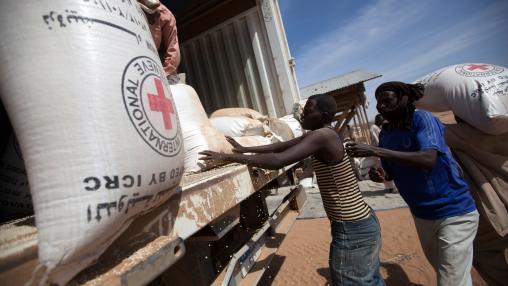
Ethiopia and Madagascar are world's newest food security hotspots, says new report from FAO and WFP
Food security is expected to further deteriorate in 23 countries already facing food crises, according to a new report from FAO and WFP. These worsening conditions come as countries and regions are reeling from the effects of the COVID-19 pandemic and struggling to address conflict, climate change, and economic downturn.
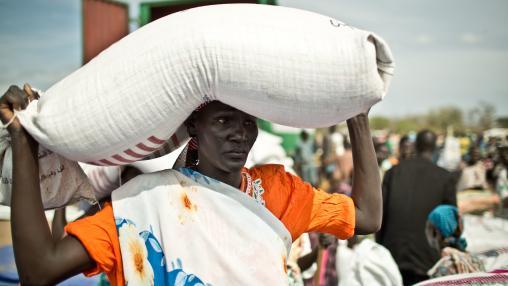
Countries Facing Worsening Hunger and Food Insecurity
Several countries around the world are experiencing or are expected to experience high levels of severe food insecurity in the coming months, according to new data from the International Food Security Phase Classification (IPC).
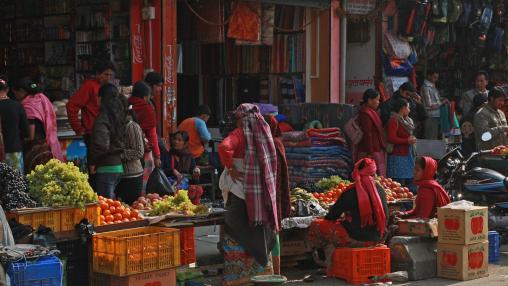
Assessing the Impact of Increased Global Food Prices on the Poor: The Case of LAC and Asia
During the 2007-2008 global food crisis, the international price of major agricultural commodities such as wheat, rice, maize, and soybeans more than doubled. As floods in Australia decimate the country’s wheat crop and adverse weather in the US cuts corn and soybean harvests, commodities prices across the globe are again seeing drastic increases. Such price spikes spark the memory of the 2007-08 crisis, raising fears that we may be witnessing a return of widespread food insecurity and subsequent political and economic turmoil.